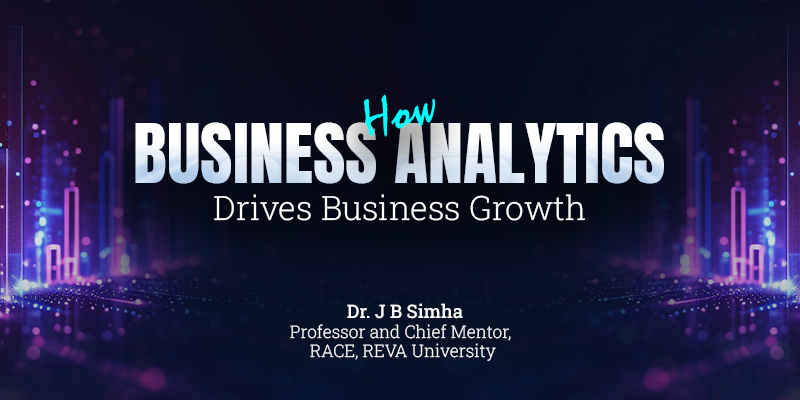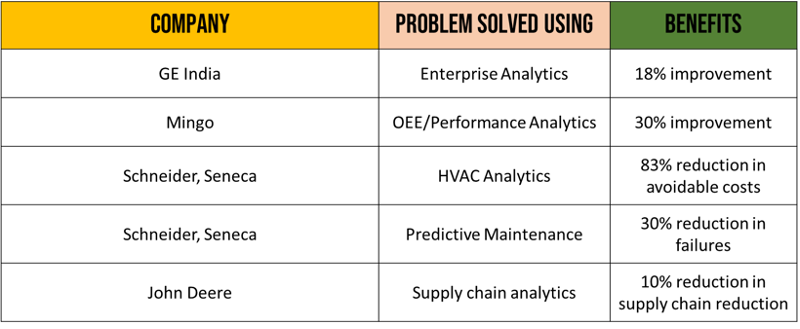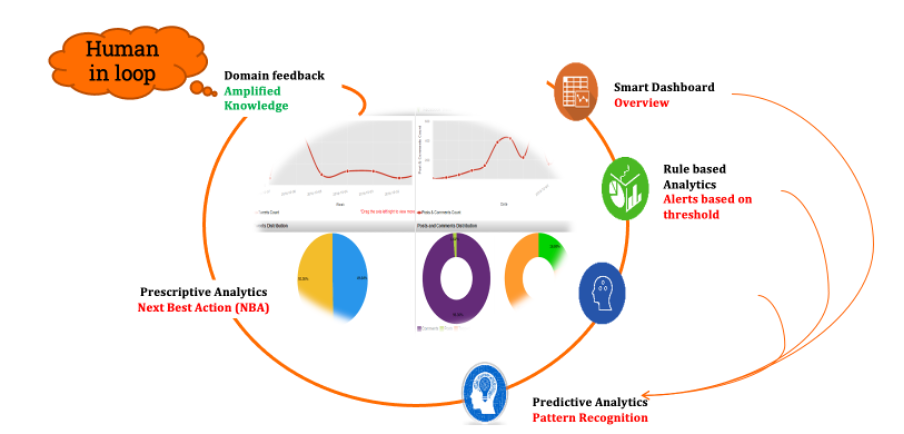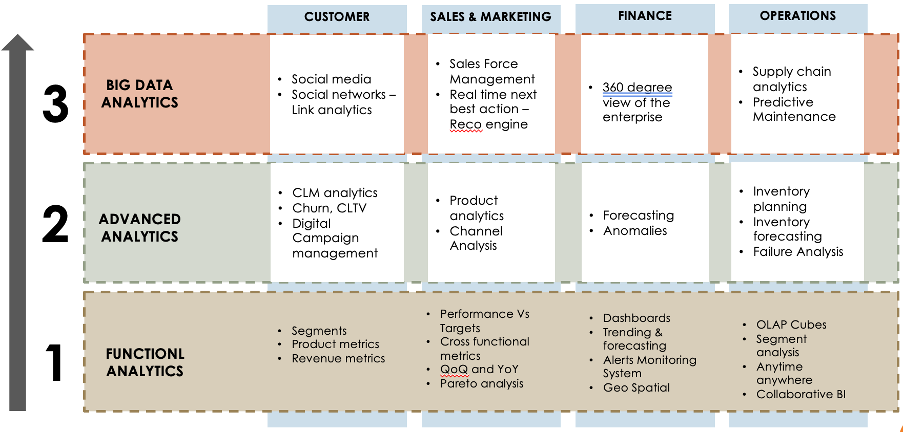How Business Analytics Drives Business Growth

On June 13th, from 6:30 to 7:30 pm, RACE (REVA ACADEMY FOR CORPORATE EXCELLENCE), REVA University hosted an exclusive webinar led by Dr. J.B Simha, the Chief Mentor AI at RACE, and it was a resounding success! The session, designed for analytics professionals, business leaders, and data enthusiasts, delved deep into the transformative power of business analytics in today’s data-driven world.
Dr. J. B. Simha excels in R&D, business intelligence, and analytics consulting, demonstrating his core competency. His expertise includes implementing expansive systems for telecom, BFSI, and manufacturing industries, specializing in business intelligence and analytics. His exceptional contributions have garnered recognition, earning him the prestigious title of one of India’s ‘Top 10 Most Prominent Data Science Academicians in 2019’ by Analytics India Magazine.
Mastering Business Analytics
In a landscape where data is the new oil, mastering business analytics is not just an advantage but a necessity. Dr. Simha kicked off the webinar by emphasizing how analytics can revolutionize decision-making processes and fuel organizational growth. He outlined the essential role of business analytics is to identify patterns, predict trends, and make informed decisions that drive success. He highlighted techniques for uncovering patterns, trends, and correlations that can drive business decisions. By effectively utilizing data discovery methods, businesses can identify opportunities and potential challenges early on.
Discover Patterns: Analytics must discover insights that must be actionable and these actions must lead to profitability, or else analytics exercises are just vanity. Decision-makers must listen to the data before taking action. While many of the AI products claim to replace humans, Dr. Simha emphasised that humans are still needed to combine their domain understanding and creativity with analytics and AI algorithms to achieve organizational goals.
Actionability of Insights: Turning insights into actionable strategies is crucial. Dr. Simha emphasized the importance of transforming data insights into practical steps that can be implemented within an organization. He shared examples of how companies have successfully integrated actionable analytics into their decision-making processes to achieve measurable results.
Driving Profitability: The goal of business analytics is to drive profitability. Dr. Simha discussed how analytics can enhance operational efficiency, optimize marketing strategies, and improve customer experiences. By focusing on profitability, businesses can ensure a significant return on their analytics investments.
Analytics Continuum
To begin with the analytics journey, one must start looking for the availability of data at the organization with various functions, which need to be processed to create standard and ad-hoc reports. This is level 1 maturity as per the analytics maturity continuum proposed by Gartner. After analysing the reports, the team must be in a position to understand the trends and patterns. Further, the team must be able to bring predictability into the system with simple forecasting or predictive algorithms. The focus must be to derive key drivers of the trends to explore the why and what of the trends. Based on the patterns the analyst must be able to create control groups and build scenario-based optimisation. Analytics Maturity is about moving from descriptive to predictive to prescriptive modelling. Check here for a related article.
To implement analytics in an organization, one must start with discovery and move to diagnosis, prediction and recommendation. Without prescriptive analytics and recommendations, with predictive analytics alone, one cannot make any decisions. Similarly, without descriptive analytics, one must not build predictive models. This cycle is an ongoing process to bring continuous improvement. The final results of any analytics projects must be improvements in money, time and safety. More than adopting fancy tools, technologies and algorithms, the organizations are looking to bring these improvements.
Creating organizational value out of analytics is important. Starting with simulating experiments, moving to forecasting and then to predictive algorithms, the focus must be to create value. Dr. Simha discussed a few use cases of selected organizations that reaped great value due to analytics. Below is a snapshot of sample clients and their success stories through implementing analytics.

This is a demonstration of how analytics can be applied across sectors, organizations and functions to bring down costs and increase revenue and performance.
Building an intelligent decision support system with AI and Analytics
Start the journey with exploring the data, structured, unstructured, multi-source, and/or multi-structured. Discover insights from the data through the smart dashboards. Build initial rule-based models based on the feedback from domain experts. Once the system is calibrated, bring in predictive analytics through pattern recognitions. This must lead to the next best action through prescriptive analytics. Continuously seek domain feedback with human in-loop systems.

While there are thousands of technologies to choose from various service providers, focus on starting with core technologies; data, presentation and analytics technologies. Also, do not take a long time to prove analytics ROI. As per Dr. Simha, the ideal timeline to prove the value of analytics is ideally 90 days.
An enterprise analytics spectrum and opportunities will look like the below diagram. Functional analytics to advanced analytics and big data analytics across various functions like customer, sales and marketing, finance and operations. There are 100’s of use cases one can build in an organization setting and add great value through data-driven modelling.

Skills required to thrive in AI and Analytics
Dr. Simha emphasised developing both hard and soft skills to build a successful career in AI and Analytics. Hard skills include technical (AI/ML/Programming etc) and functional (Domain skills in marketing, sales, finance, operations etc) skills.
Soft skills can be improved by taking up projects, implementing research papers and presenting to an audience. One must also add certifications, internships and projects to their resume to showcase what they have done. Problem-solving skills with analytics combining both hard and soft skills are the key.
Networking and Engagement
The interactive nature of the webinar allowed participants to engage with Dr. Simha and network with peers. The Q&A session was particularly insightful, providing answers to pressing questions and fostering a collaborative learning environment. Here are some of the questions and responses from the session:
- How is business analytics different from data analysis/data science?
Dr. Simha explained that while data analysis focuses on examining data to extract insights, and data science involves advanced techniques like machine learning and predictive modelling, business analytics encompasses both these areas with a specific focus on driving business decisions and strategies.
- Can you provide a roadmap for a career in Business Analytics?
Dr. Simha recommended starting with a solid foundation in statistics and data analysis. He advised gaining practical experience through internships or projects, followed by specialized training in business analytics tools and techniques. Networking and continuous learning are also crucial for career growth.
- What are the emerging technologies in business analytics that companies should be aware of?
Dr. Simha highlighted technologies like artificial intelligence, machine learning, big data analytics, and cloud computing as key areas to watch. These technologies are rapidly evolving and offer new capabilities for data processing and analysis.
- What is the future of business analytics?
Dr. Simha emphasized that business analytics has a promising future, with increasing demand for data-driven decision-making across industries. He believes this career will continue to grow, offering vast opportunities for professionals.
- Should I pursue a master’s degree in India or abroad for a career in business analytics?
Dr. Simha suggested considering factors like curriculum quality, industry connections, and financial investment. Both options have their merits, but it is essential to choose a program that aligns with your career goals and offers practical experience.
- Is there any useful tool or concept in the marketing field that can impact its future outcomes and potential?
Dr. Simha pointed out that tools like customer relationship management (CRM) systems and concepts like personalized marketing and predictive analytics are transforming the marketing landscape. These tools enable businesses to tailor their strategies to individual customer needs, driving better outcomes.
- Can we directly start our journey in business analytics, or would you recommend gaining experience in a specific field first?
Dr. Simha recommended gaining some industry experience before specializing in business analytics. Understanding the practical challenges and dynamics of a specific field can provide valuable context for applying analytics effectively.
Conclusion
The webinar was an enriching experience for all attendees, providing valuable insights into the world of business analytics. Dr. Simha’s expertise and the engaging Q&A session offered practical advice and inspiration for professionals looking to leverage analytics for business growth.
Missed the Webinar?
The recording is now available on YouTube! [Watch Now]. For those who could not attend, we encourage you to keep an eye out for future events. Do not miss opportunities to learn from industry experts and enhance your professional skills.
Join the Analytics Revolution
Check out here to learn more about our bespoke program on MSc in Business Analytics which combines, AI/ML Technologies, Domains and Enterprise level Decision Making. The program covers various Analytics and AI technologies, Domain understanding across Marketing, Retail, Supply Chain and Finance and moving from descriptive, predictive to predictive analytics to bring organizational value. Apply for a one-to-one mentor session to delve deeper.



